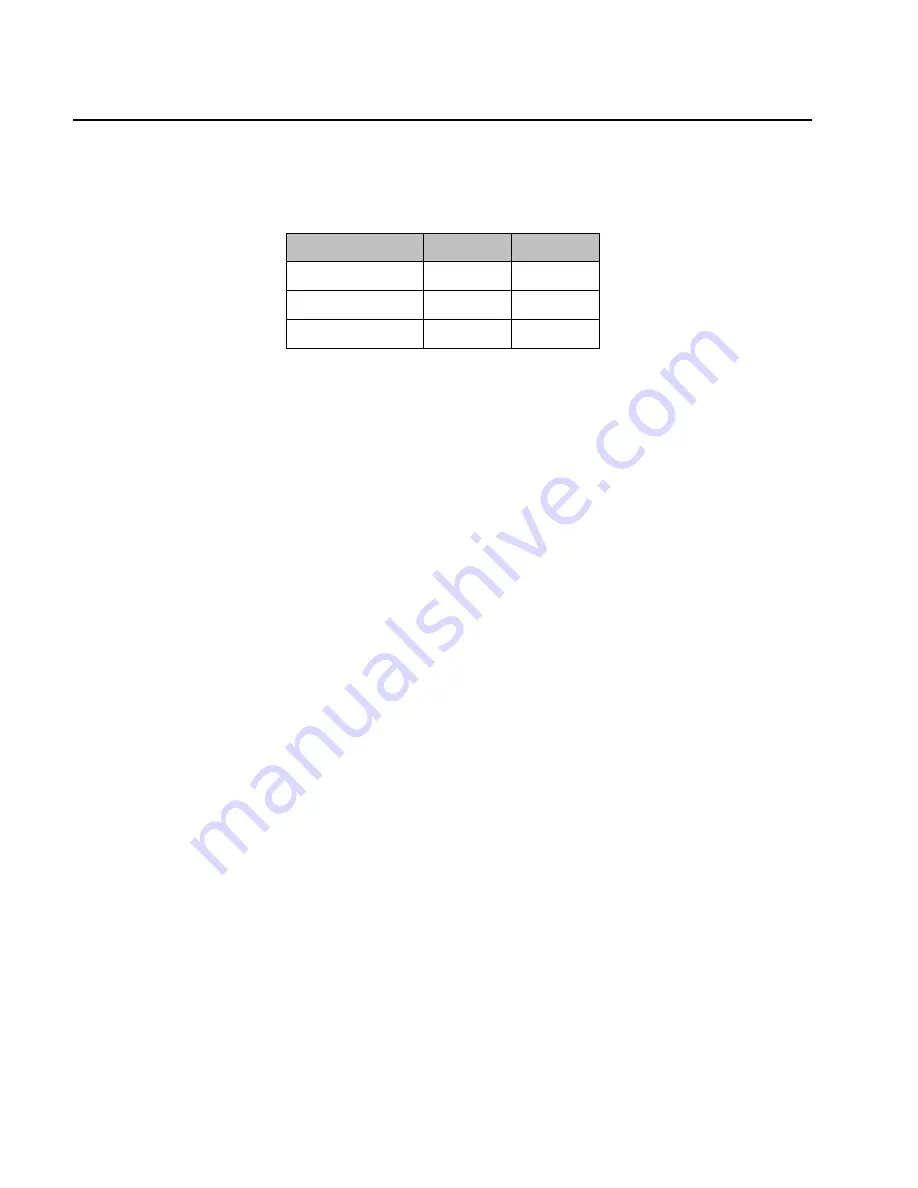
6
Quick Start Instructions
1. Discharge yourself of excess static charge and remove the CFFA3000 from the shielded anti-
static bag. The bag is a zip-lock type so you do
NOT
need to cut it open.
2. Set DIP switches 4 and 7 according to your Apple model as shown in Table 1. All switches are
set to the OFF position by default. The ON position is down toward the board.
Model
Switch 4
Switch 7
Apple II, II+, //e
OFF
OFF
Apple II
GS
OFF
ON
Apple ///
ON
ON
Table 1: Model-specific Switch Settings
3. Decide what CFFA functionality you would like to use. If you will be using only the CFFA hard
drive (SmartPort) function or only the Disk II floppy emulation function, then you only need one
empty slot in your Apple II for the CFFA3000. However, if you plan to use both the hard drive
(SmartPort) and Disk II emulation you will need two empty slots in your Apple II for the
CFFA3000. One slot for the CFFA3000 itself, and one empty slot for the Disk II emulated
hardware.
Note: If you are using an Apple IIGS, ensure that the slots the CFFA3000 uses are set to
“Your Card” in
the IIGS control panel.
4. Turn off your Apple II computer. Insert your CFFA3000 in the slot you have chosen. A popular
choice is to use slot 7. Keep in mind if you are using both floppy emulation and hard drive
features, hard drive features will always appear in the physical slot the CFFA is plugged into.
The floppy emulation will always be in another slot. If you set the floppy emulation slot to be the
same as the physical slot, you will disable the hard drive (SmartPort) feature.
5. Insert a Compact Flash card and/or a USB thumb drive loaded with disk images you are
interested in mounting. You may also use a USB extension cable. The CF and USB media may
be hot plugged. Please refrain from removing the storage media while disk access is occurring.
Note: USB hubs are not supported by the CFFA3000.
6. For Apple IIgs or Enhanced IIe: Turn on your Apple II and quickly press the
‗M‘ key to enter the
CFFA3000 menus. Go to step 8.
7. For older Apple II, II+, IIe computers you will have to turn on computer and enter PR# <slot>.
Example: PR#7. T
hen press the ‗M‘ key to enter the CFFA3000 menus. To get these Apple IIs to
boot automatically,
go to ―Other Settings‖ menu and change ―Autoboot Older Apples‖ to ―Yes‖.
8. If you are planning to use Disk II emulation, select a Disk II Slot number (make sure it is empty).
Remember if you plan to NOT use the SmartPort hard drive feature then select the slot number
that your CFFA is physically located in. If you want hard drive support for ProDOS or GS/OS,
then select a different slot number than the CFFA is physically located in.
9. Mount a disk image. The way you use them in a CFFA3000 is as follows:
a. If the disk image you want to mount needs to be treated as if it were inserted in a virtual Disk
II drive, then select ―Disk II Assignments‖ from the main menu. If it can be treated as a
SmartPort drive, then select ―Smartport Assignments.‖ Demonstrating how the Disk II works:





















